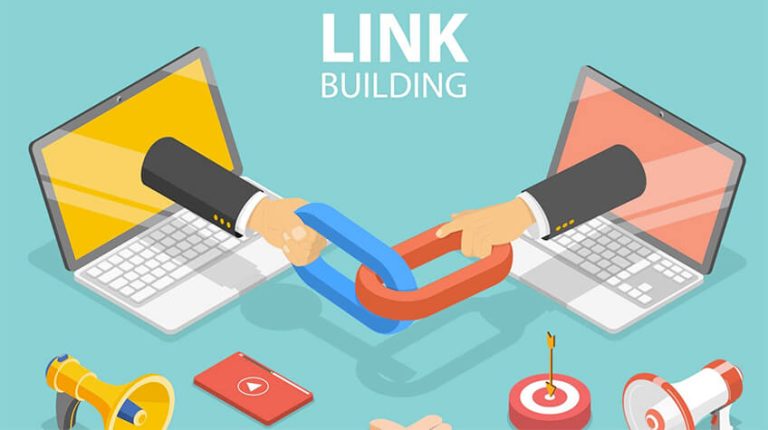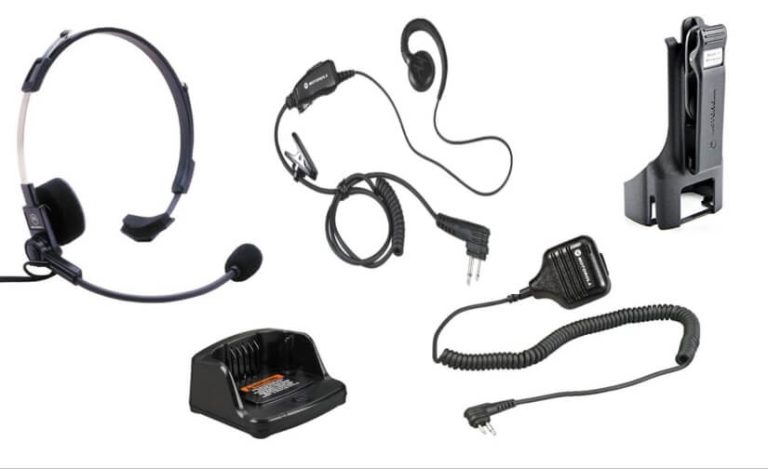Essential SEO Strategies for Tech Bloggers to Boost Traffic
Search engine optimization (SEO) is crucial for tech bloggers looking to increase their online visibility and drive more traffic to their blogs. Implementing effective SEO strategies can help you rank higher in search engine results, attract more readers, and grow your audience. Here are essential SEO strategies for tech bloggers to boost traffic.
1. Conduct Thorough Keyword Research
Keyword research is the foundation of any successful SEO strategy. Identifying the right keywords will help you target the terms your audience is searching for and optimize your content accordingly.
Tips:
- Use Keyword Research Tools: Tools like Google Keyword Planner, Ahrefs, and SEMrush can help you find relevant keywords with high search volume and low competition.
- Focus on Long-Tail Keywords: Long-tail keywords are more specific and less competitive, making it easier to rank for them.
- Analyze Competitors: Look at the keywords your competitors are ranking for and identify opportunities to target similar or related terms.
2. Optimize On-Page SEO
On-page SEO involves optimizing individual pages on your blog to rank higher and earn more relevant traffic. This includes optimizing your content, meta tags, and images.
Tips:
- Title Tags and Meta Descriptions: Write compelling and keyword-rich title tags and meta descriptions for each post.
- Header Tags: Use header tags (H1, H2, H3) to structure your content and include your target keywords.
- Image Optimization: Use descriptive file names and alt text for images to help search engines understand the content of your images.
3. Create High-Quality, Engaging Content
Creating valuable, informative, and engaging content is crucial for attracting and retaining readers. High-quality content is more likely to be shared, linked to, and ranked higher by search engines.
Tips:
- Address Reader Pain Points: Identify common problems or questions your audience has and create content that provides solutions.
- Use Visuals: Incorporate images, infographics, and videos to make your content more engaging and easier to digest.
- Update and Refresh Content: Regularly update your existing content to keep it current and relevant.
4. Build Quality Backlinks
Backlinks, or inbound links from other websites, are a key factor in search engine rankings. Quality backlinks signal to search engines that your content is valuable and authoritative.
Tips:
- Guest Posting: Write guest posts for reputable tech blogs and include links back to your site.
- Outreach: Reach out to other bloggers and websites to share your content and request backlinks.
- Create Link-Worthy Content: Produce high-quality content that others in your industry will want to link to, such as comprehensive guides, research studies, or original data.
5. Improve Site Speed and Performance
Site speed and performance are critical for both user experience and SEO. Slow-loading websites can negatively impact your search engine rankings and drive visitors away.
Tips:
- Optimize Images: Compress images to reduce their file size without sacrificing quality.
- Use a Content Delivery Network (CDN): CDNs can help speed up your site by distributing content across multiple servers worldwide.
- Minimize HTTP Requests: Reduce the number of elements on your page to speed up loading times.
6. Enhance Mobile Friendliness
With the increasing use of mobile devices, having a mobile-friendly website is essential. Google prioritizes mobile-friendly sites in its search results, so optimizing for mobile can boost your rankings.
Tips:
- Responsive Design: Ensure your site uses a responsive design that adapts to different screen sizes.
- Mobile-Friendly Content: Optimize your content for mobile users by using shorter paragraphs, larger fonts, and touch-friendly buttons.
- Mobile Testing Tools: Use tools like Google’s Mobile-Friendly Test to check and improve your site’s mobile performance.
7. Utilize Internal Linking
Internal linking helps search engines understand the structure of your site and the relationship between your pages. It also keeps visitors engaged by guiding them to related content.
Tips:
- Link to Relevant Content: Include links to other relevant posts within your blog to provide additional value to your readers.
- Use Descriptive Anchor Text: Use clear and descriptive anchor text that includes your target keywords.
- Create a Content Hub: Organize related content into topic clusters or hubs to improve site navigation and SEO.
8. Monitor and Analyze Performance
Regularly monitoring and analyzing your SEO performance can help you identify what’s working and what needs improvement. Use analytics tools to track your progress and adjust your strategy accordingly.
Tips:
- Google Analytics: Use Google Analytics to track traffic, user behavior, and conversions on your site.
- Google Search Console: Monitor your site’s search performance, identify issues, and submit sitemaps through Google Search Console.
- Regular Audits: Conduct regular SEO audits to identify and fix any issues that may be affecting your rankings.
By implementing these essential SEO strategies, tech bloggers can boost their search engine rankings, attract more traffic, and build a larger, more engaged audience. Stay consistent with your efforts, and continuously adapt to the latest SEO trends and best practices to maintain and grow your blog’s visibility.






